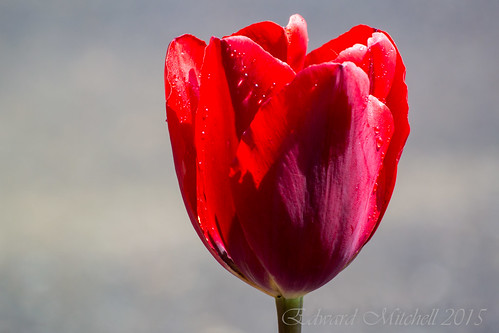Not that long ago, I used some old Minolta film cameras. These cameras used lenses with the Minolta MC/MD mounting system and I have several old lenses that can be used on micro four thirds cameras with an appropriate adapter.
Here’s my informal judgement as to work works well and what does not when using these old lenses on modern micro four thirds cameras. All of my tests were done on my Lumix GH-2, shooting JPEG images and evaluating the JPEGs as they came straight out of the camera. I did not do any tests in RAW mode.
Minolta 50mm prime f/1.4
- f/1.4 – At f/1.4, this lens is soft, almost fuzzy, and with low contrast. Not recommended at f/1.4
- f/2.0 – At f/2.0, this lens is clean with good contrast. I would rate this excellent for my own purposes at f/2.0 and above.
Minolta 50mm prime f/1.7
- f/1.7 – At f/1.7, this lens is also very soft.
- f/2.8 – I rate this aperture as “pleasant”. Its not really soft but its not quite a sharp either – but overall provides a pleasing, smooth quality to the image, yet with a very nice narrow depth of field.
- f/4 – At f/4.0 the lens becomes very sharp.
Sigma 28mm prime f/2.8
- This lens just does not work well at all until probably f/4, then its fine. The lens is useful, however, since it is a macro focus lens. The 28mm works like a 56 mm full frame equivalent lens on the micro four thirds format – but focuses down to about two inches (5 cm)!
Sigma 28-70mm UC Zoom f/2.8
- f/2.8 – At both the 28 and 70mm zoom settings (56 and 140mm FF equivalent on m43ds) the lens is noticeably soft, probably better at the 70mm end than the 28mm end.
- f/4 – At f/4 and above the images are excellent.
This Sigma 28-70mm lens is probably one of my favorite lenses on my Lumix GH2. Its great for shooting when I want a narrow depth of field, but provides excellent sharpness and contrast.
Other Lenses
Another popular old lens is most any Canon FD glass. I have not tested these but the reviews I have read of Canon FD lenses similar to those above, also perform similarly – such as the Canon FD f/1.4 lens being soft at f/1.4 but nicely sharp by f/2. These can be found on eBay for $30 to $70, sometimes including the m43 adapter ring. Older Nikon lens are also excellent and popular and available used.
Keep in mind that to use an old lens you need to ensure your camera can operate with a “no electronics” lens. The Lumix GH-2, for example, has a menu setting to let the camera operate even if “no lens is attached”. I use this setting and then put the camera in “A” Aperture mode, and set the aperture and focus manually. My Nikon 1 camera only works in “M” mode when a non-Nikkor lens is attached – this works, but is not as convenient as using the “A” mode and letting the camera meter and choose a shutter speed for me.
Newer lens systems, like the Canon EF series can also be made to work but with limitations – these lenses do not have an aperture ring and the lens, by default, will also be in the wide open aperture setting. There is a trick to get around this but its cumbersome – mount the lens on an actual Canon camera, set the aperture using the camera settings, remove the lens and put it on the m43d camera and it retains the aperture setting. But why go to that trouble? Better off getting an original all manual lens like the Canon FD.
Both of these two photos were taken with the Lumix GH-2 and the Sigma 28-70mm f/2.8 lens at f/2.8 to create the narrow depth of field look. You can click on these images – twice, in fact – to zoom in to larger versions. Both are reduced in size and compression from the originals, however.













